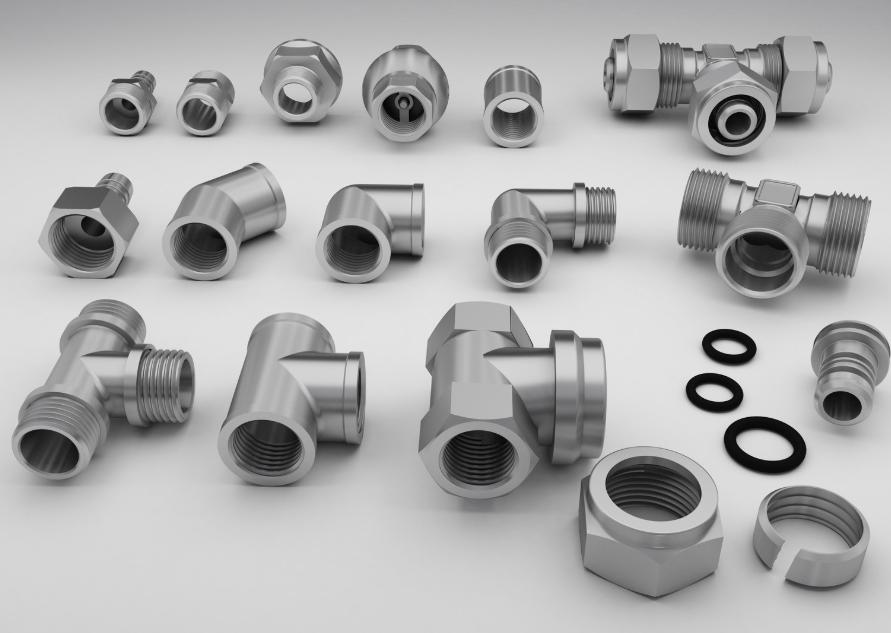Ensuring the safety and functionality of industrial plumbing fittings is essential in maintaining a smooth and efficient operation in industrial facilities. These fittings play a crucial role in the distribution of water, chemicals, and other fluids across various systems. Regular inspection and maintenance of these components help prevent potential hazards and ensure long-term performance.
Importance of Regular Inspections
Regular inspection of industrial plumbing fittings is critical to identifying wear, damage, or potential risks before they escalate into costly issues. Industrial environments place a high demand on plumbing systems, requiring robust fittings that can withstand heavy usage and varying pressures. Inspections help to maintain the integrity of these fittings and ensure they meet safety standards.
Visual Inspection
The first step in inspecting industrial plumbing fittings is a thorough visual assessment. Check for any signs of corrosion, leaks, cracks, or wear. Ensure that all connections are secure, and look for signs of stress or damage around seals and gaskets. A detailed visual inspection can often reveal potential problems that may not be evident during routine maintenance checks.
Pressure Testing
Pressure testing is a vital method for evaluating the performance of industrial plumbing fittings. This involves applying controlled pressure to the fittings and observing how they respond. Any significant drop in pressure or leakage during the test could indicate underlying issues that need immediate attention. This method is particularly useful for identifying weak spots in systems that could potentially lead to failures.
Checking for Compliance and Standards
When inspecting industrial plumbing fittings, it is important to ensure they comply with industry standards and safety regulations. This includes checking for certifications and approvals for specific fittings from trusted manufacturers. Using fittings from reputable industrial plumbing supply sources ensures that the components meet the necessary safety and quality standards.
Addressing Common Issues
Common problems with industrial plumbing fittings include wear and tear over time, corrosion, and inadequate maintenance. Regular inspections can help address these issues early, reducing the likelihood of major malfunctions. Additionally, identifying obsolete or incompatible fittings is essential to maintain system efficiency and safety.
Ensuring Lubrication and Seals
For moving parts within industrial plumbing systems, ensuring proper lubrication and the integrity of seals is crucial. Poorly maintained seals can lead to leaks, compromising safety and performance. Regular checks and replacements of worn-out seals and lubrication can significantly extend the life of industrial plumbing fittings.
In conclusion, inspecting industrial plumbing fittings is an essential practice for maintaining safety, functionality, and efficiency in industrial operations. By regularly assessing these components, industries can minimise risks and ensure that their plumbing systems operate smoothly and securely. Using high-quality fittings from reputable industrial plumbing supply sources further supports the long-term sustainability of these systems.

